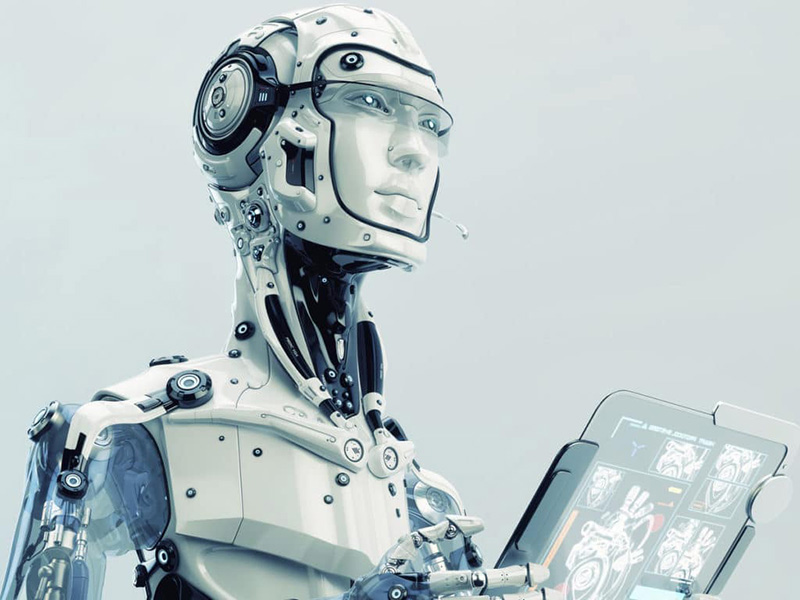Training, not programming
Driven by increasing computational performance and continuous methodological advances, deep learning has become a megatrend in the machine vision industry.
Representing a subdomain of machine learning and artificial intelligence, deep learning systems follow a technological approach that is fundamentally different from current machine vision techniques. These systems use neural networks-the term “deep learning” refers to the generally large number of hidden layers that such networks contain. Systems based on deep learning architectures are unique in their ability to analyze huge volumes of digital image data, which makes it possible to train them to recognize patterns of certain objects. With the help of this training data, the classifier in question learns to distinguish between specified classes.
The many benefits of flexible decision making – The strength of deep learning lies in the way its approach can make more flexible decisions than the predefined sets of rules found in conventional computer vision systems. Deep learning offers an advantage whenever you have objects with large variations that make mathematical modeling difficult. In other words, deep learning presents an alternative in cases where conventional computer vision systems have reached their limits. The main challenges facing these systems include changes in the optical conditions in place, increased product diversity, and complexity of the images themselves. Even in areas where machine vision has already been implemented, the addition of a deep learning system can dramatically increase the speed and accuracy of the inspection process.
A variety of applications already in operation – Today, deep learning has already been incorporated into applications where machine vision autonomously handles object classification. For example, with the help of deep learning, self-learning algorithms can detect every single small defect in the paintwork of a car body-even those invisible to the naked eye.
Meanwhile, the food and beverage industry is also beginning to benefit from deep learning technologies. For example, low-quality fruits and vegetables can be identified and inspected with significant accuracy before being packaged or processed further. A well-known Italian company uses deep learning to classify the quality of each portion of its product in real time, and package it in the appropriate packaging.
Will deep learning complement or supplant systems already in use? – Experts now agree that deep learning will dominate virtually every classification method (as in quality assurance or sorting) in the medium term. By shifting the focus from programming to simply setting up such systems, deep learning can gain widespread use. Classification-related tasks, for example, are much easier to handle than algorithmic techniques. Neural networks are particularly well suited to many other tasks, including those involving reflective surfaces, poorly lit environments, moving objects, robotics, and 3D. Areas where object recognition or object classification are the primary focus will certainly make the transition from traditional approaches to deep learning. Texture analysis, pattern matching, OCR, pose estimation, urban scene analysis and interpretation, and handwritten text recognition are some examples.
However, combining deep learning with traditional computer vision may make sense when it comes to ensuring 100% classification. It will not be long before we start seeing more and more hybrid systems. Most of the time, you need both deep learning and computer vision algorithms that have proven to be robust. There are many areas where conventional methods can hold up because of one crucial feature that machine learning approaches typically lack: the ability to track decisions, including imperfect ones.


